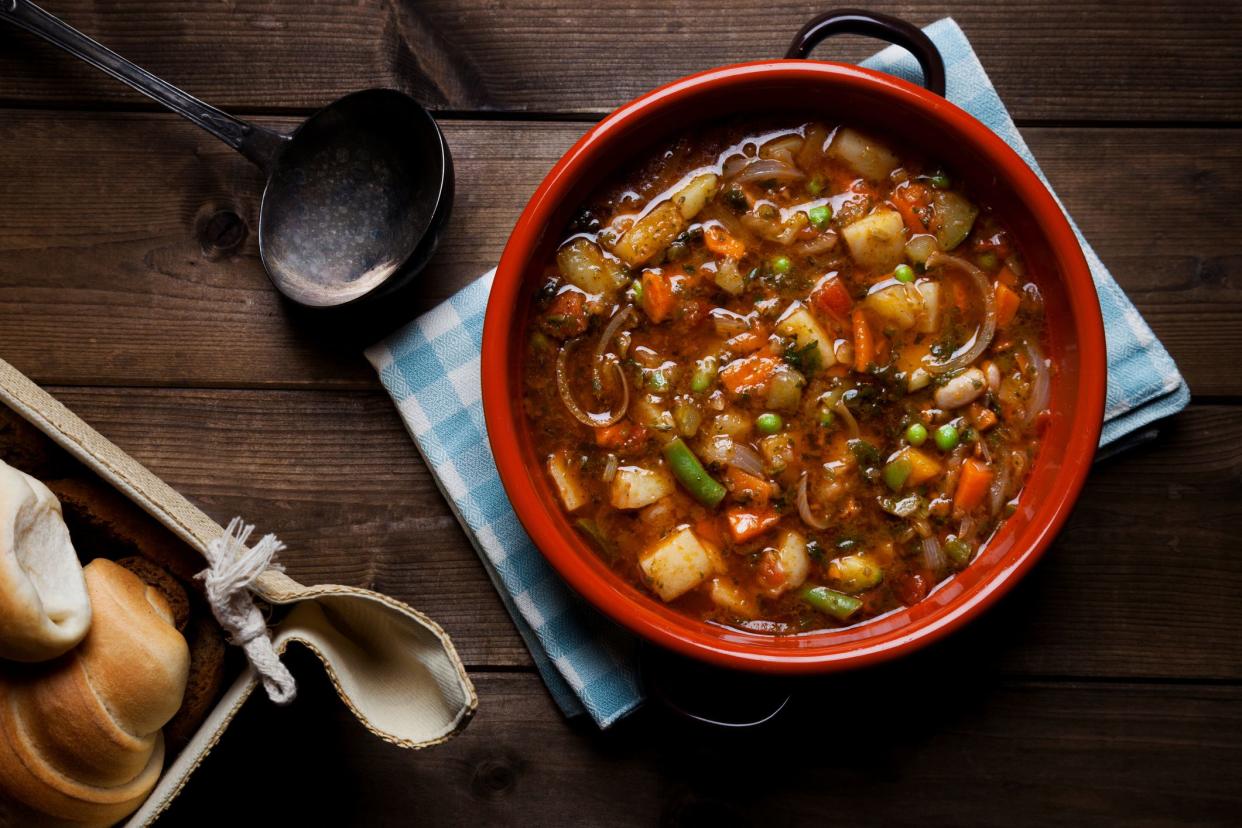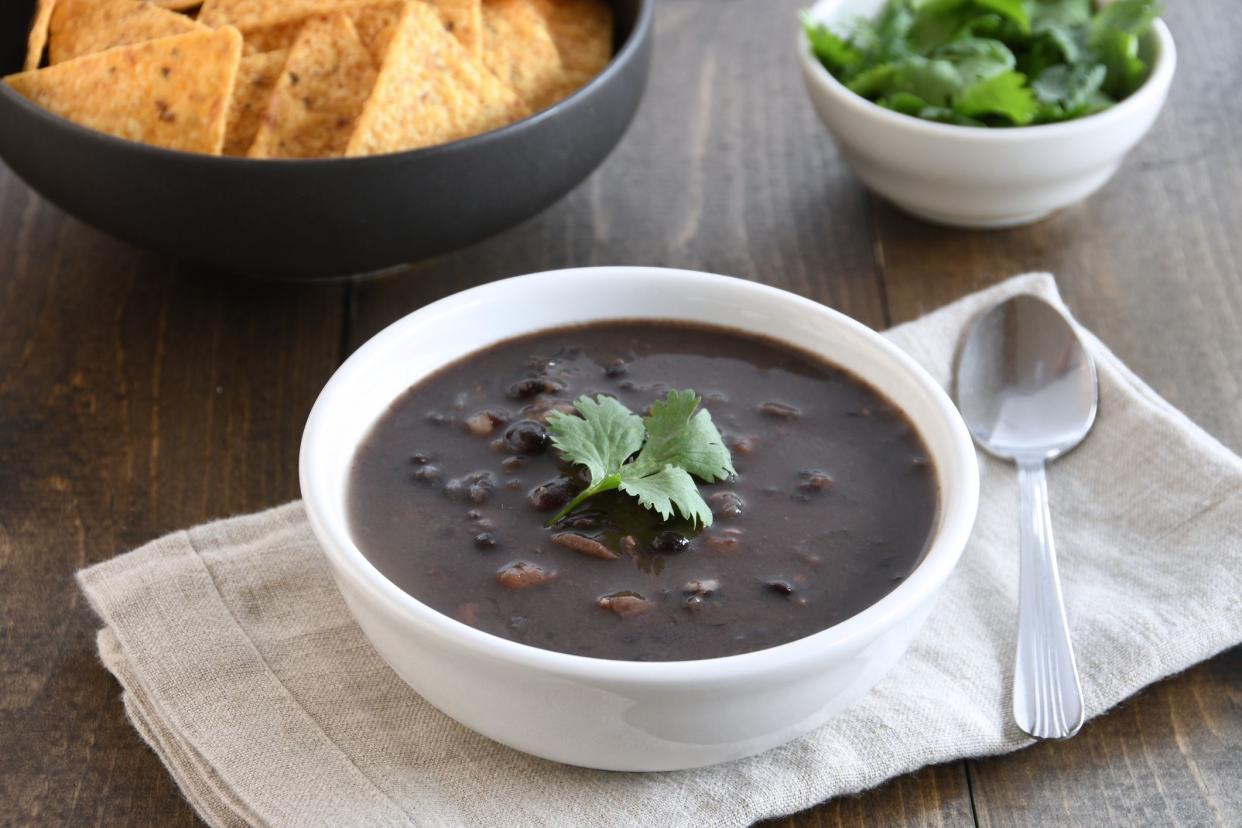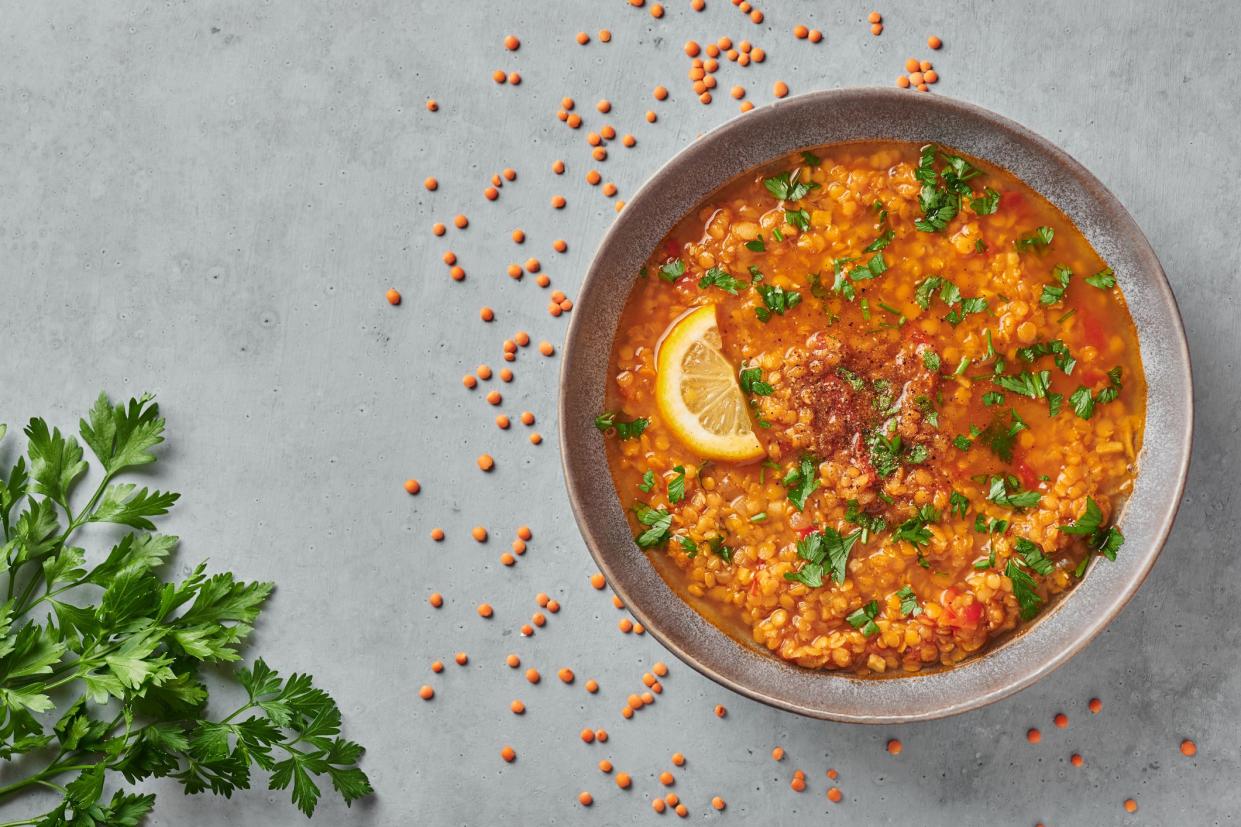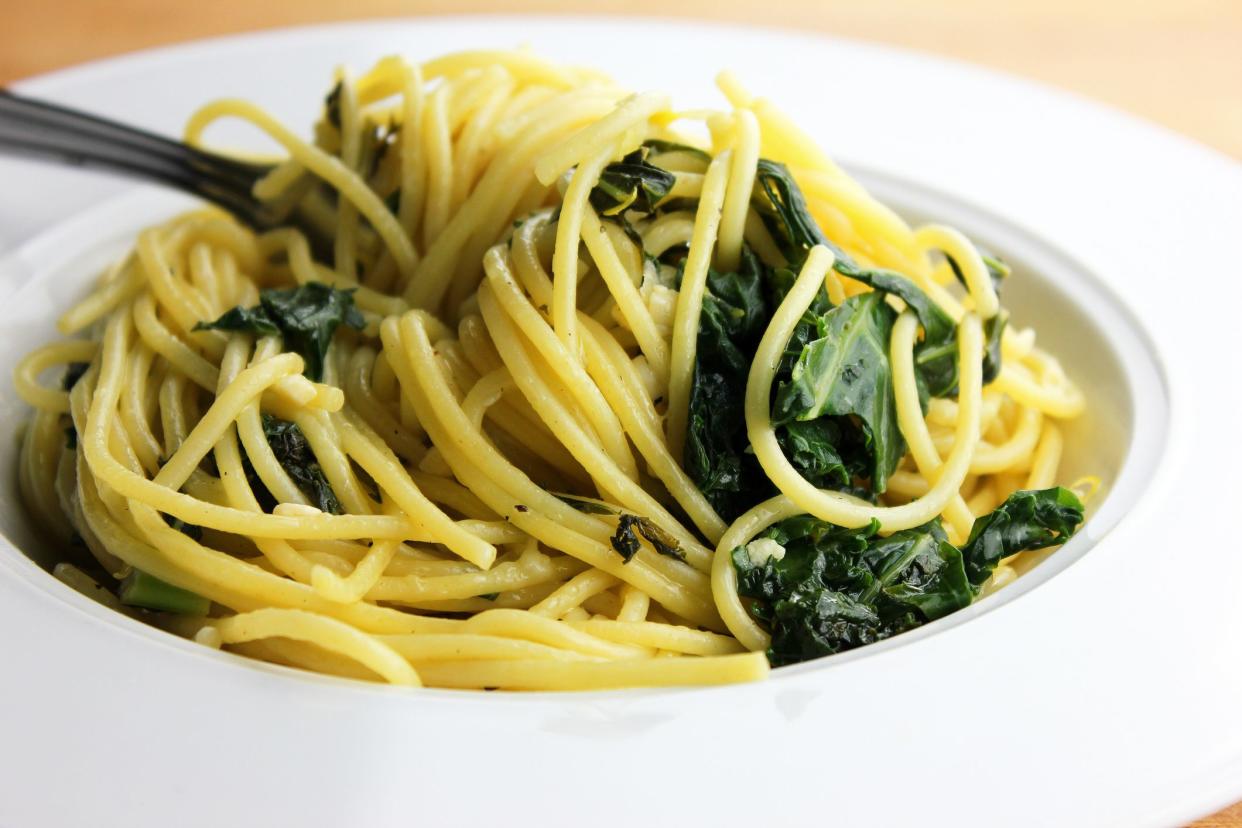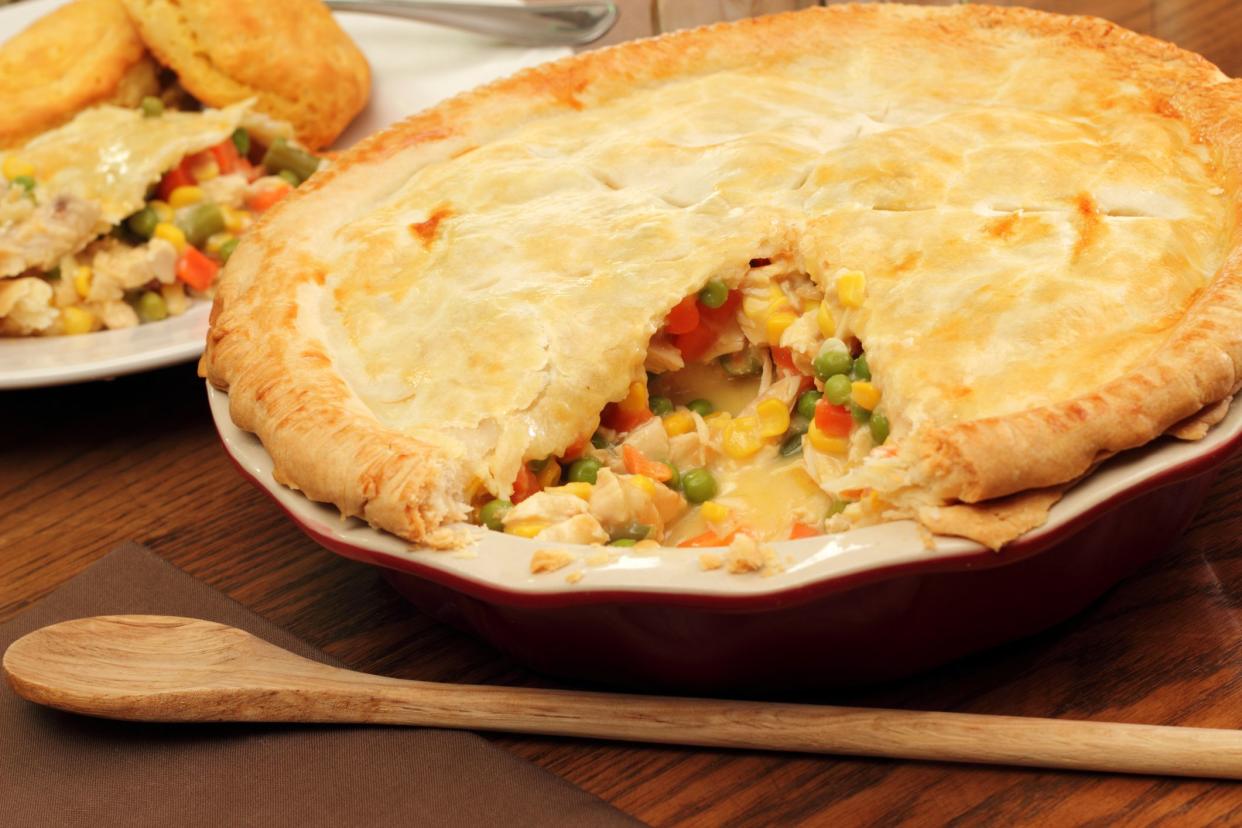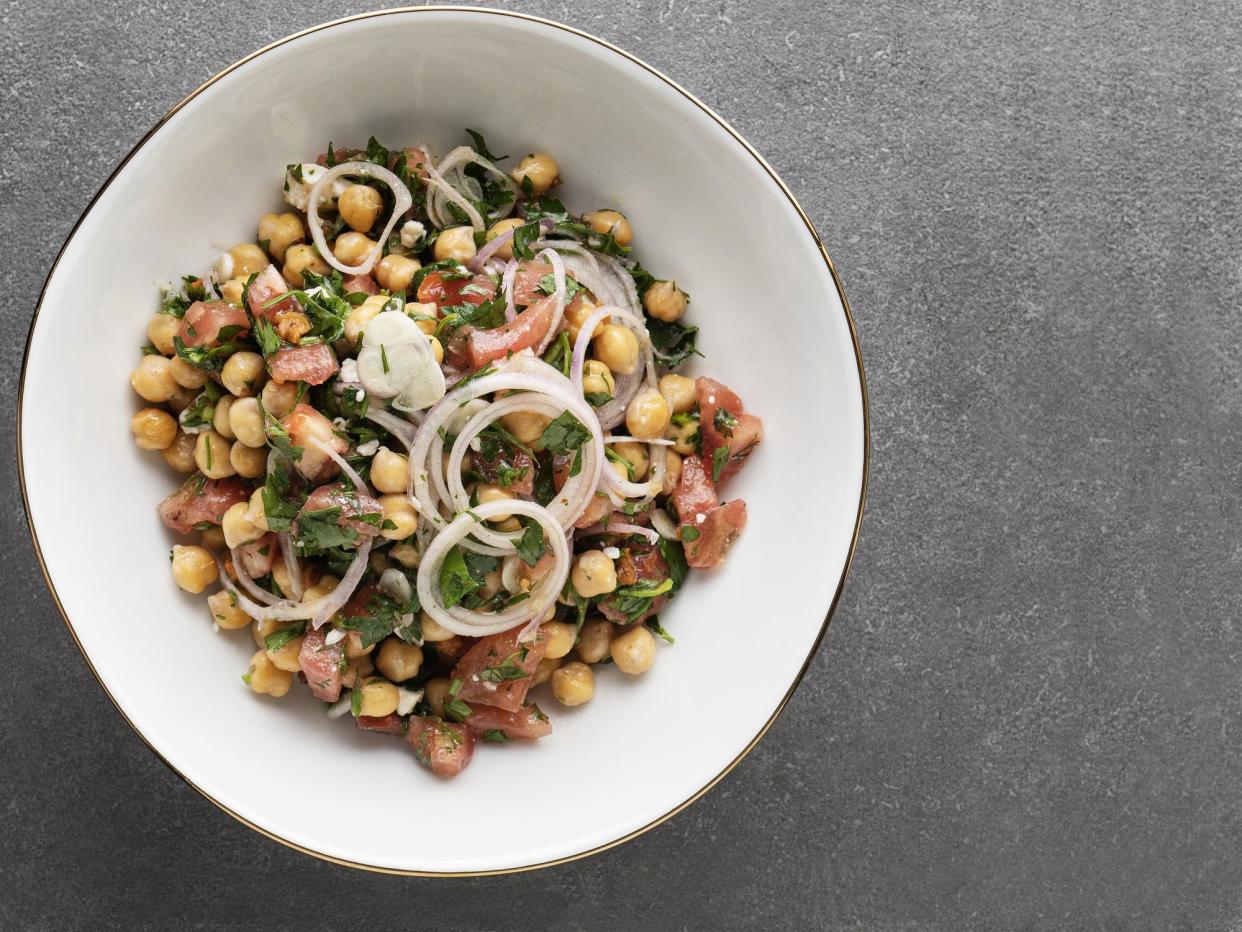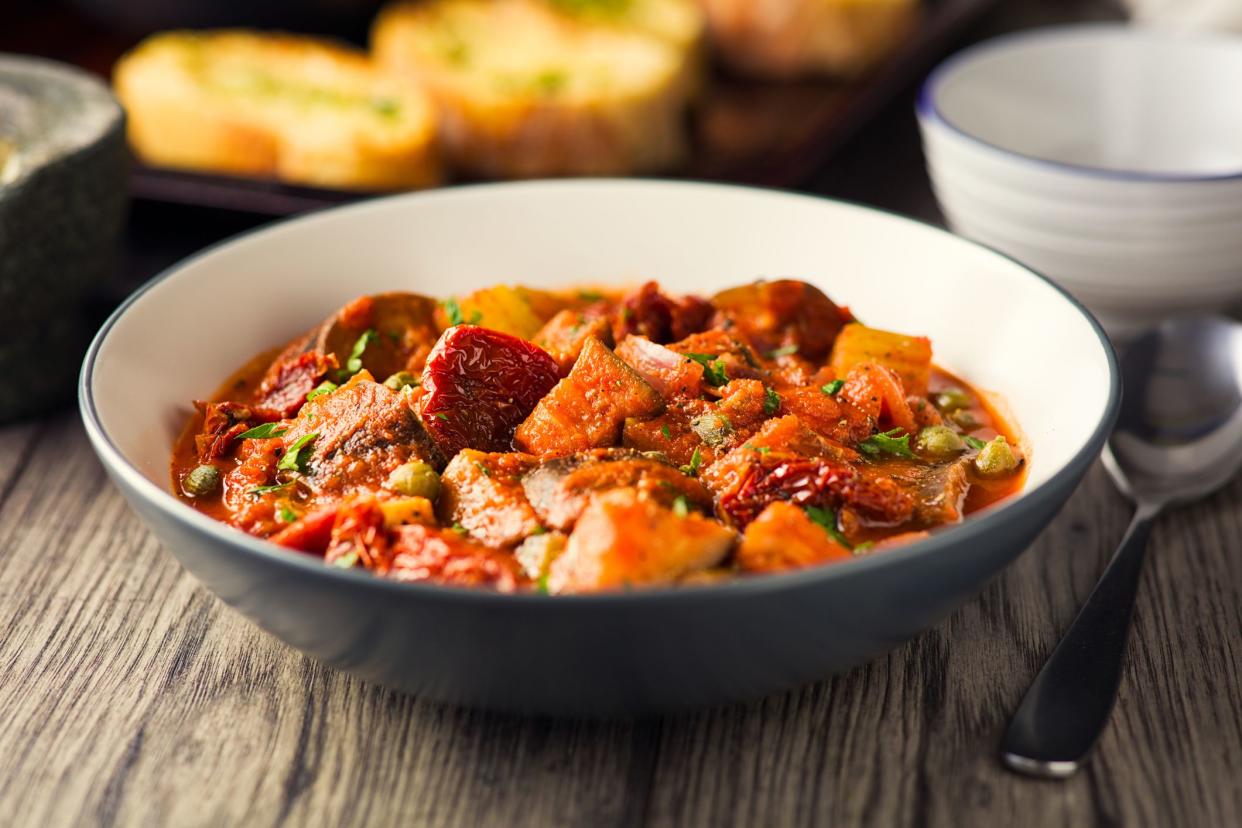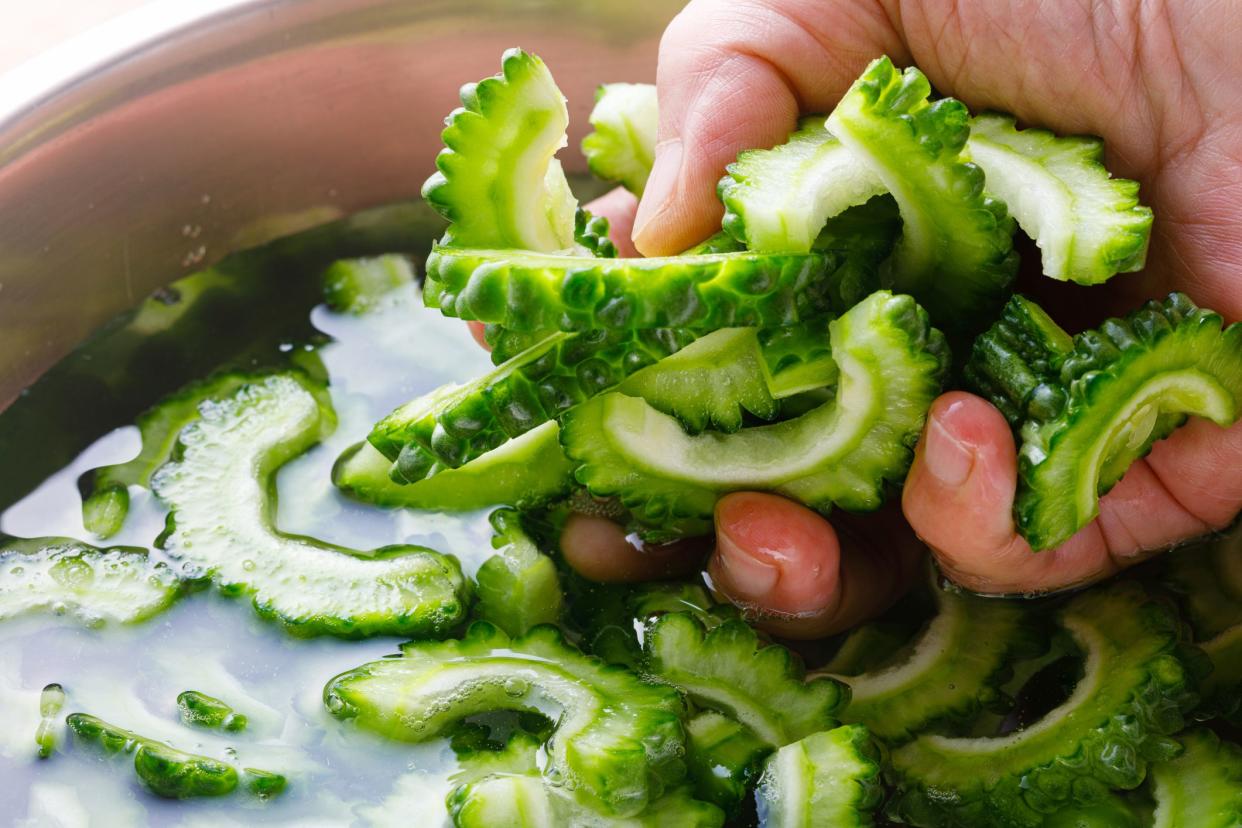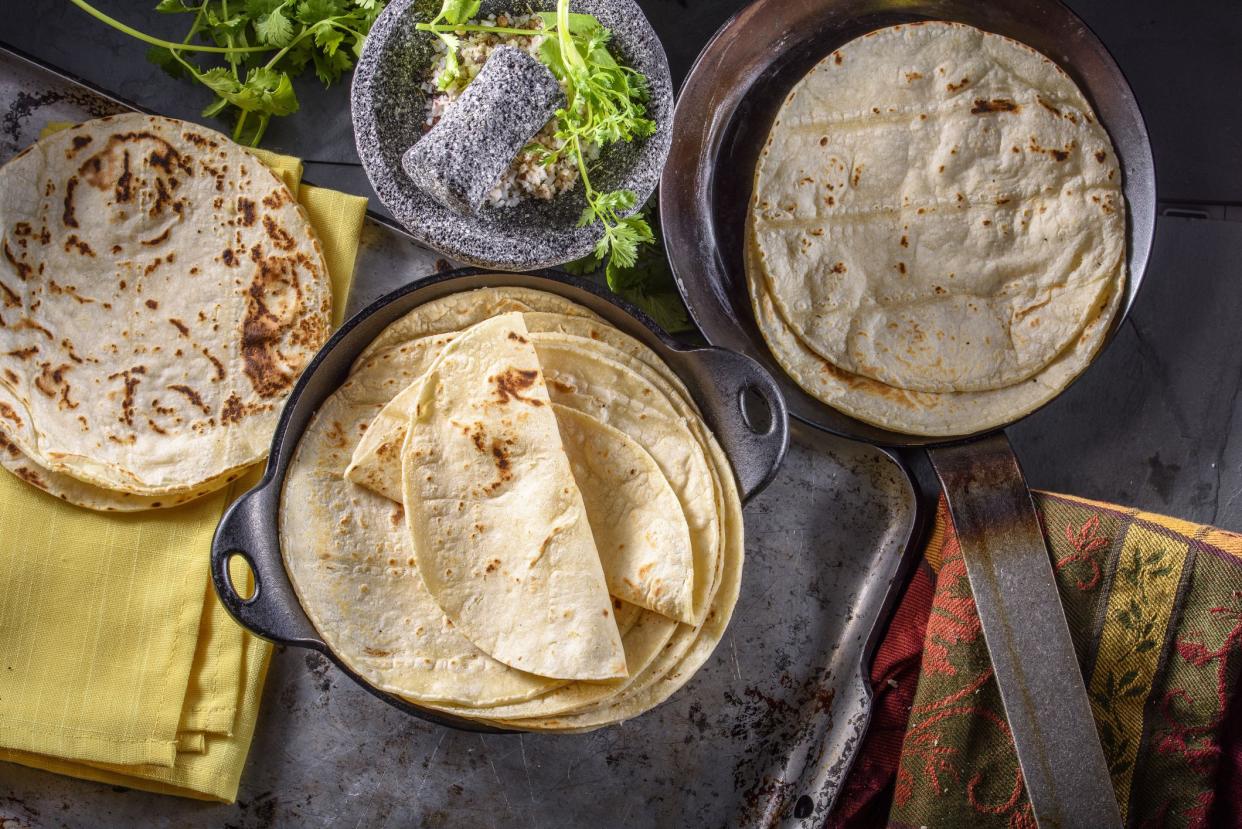The Blue Zone Difference
If you haven't yet seen the Netflix documentary about Blue Zones (hint: it's very good), you might be unfamiliar with these seemingly magical places where people live longer than anywhere else in the world. But is it something in the water, or do these folks just follow a healthier lifestyle and diet?If you're wondering whether it's possible to eat your way to 100 years old, take a look at our roundup of Blue Zone-inspired recipes.
From the herb-kissed hills of Ikaria, Greece to the sweet potato-loving shores of Okinawa, Japan we've whisked up a collection of recipes that may just be the key to good health and longevity.
What Are Blue Zones?
"Blue Zones" refer to regions of the world where people live much longer than average. The term was popularized by Dan Buettner, who identified five specific areas in a National Geographic article, and later in his book "The Blue Zones: Lessons for Living Longer From the People Who've Lived the Longest" ($21on Amazon). These zones have been studied because of their high concentration of centenarians (people who live to 100 or older) to identify what causes the overall well-being and health of its inhabitants.
The five Blue Zones identified by Buettner are:
Sardinia, Italy:Particularly the mountainous region of Barbagia. In this region, men have a higher-than-average chance of reaching 100.
Okinawa, Japan: Okinawan women live longer than any other women on earth. They maintain a traditional diet rich in vegetables and soy products and have close-knit social circles.
Loma Linda, California, US:This area is home to a significant population of Seventh-day Adventists, many of whom live 10 years longer than the average American. Their lifestyle of a vegetarian diet, regular physical activity, and strong community ties are thought to contribute to their longevity.
Nicoya Peninsula, Costa Rica:Residents here have the world's lowest rates of middle-age mortality and the second-highest concentration of male centenarians. Their strong sense of purpose, physical activity, diet, and social connections play key roles.
Ikaria, Greece: This Aegean island has one of the world's lowest rates of middle-age mortality and the lowest rates of dementia. Residents consume a Mediterranean diet, take regular naps, and maintain strong social and family connections.
But you don't have to move to these parts of the world to follow a Blue Zone diet. Here are 12 Blue Zone-inspired recipes based on the dietary patterns of these regions that you can whip at home today.
1. Okinawan Sweet Potato Stir-Fry
Dice Okinawan sweet potatoes (they have a purple hue and arerich in antioxidants, vitamins, and fiber), and stir-fry them with some ghee, olive oil, or your choice of plant-based or animal fat. Season with salt or soy sauce and serve. If you'd like to make the dish more substantial, consider addingtofu, shiitake mushrooms, or leafy greens. Garnish with green onions and a dash of sesame oil.
Recipe: Ash Eats
2. Minestrone Soup
Minestrone soup — packed with nutrient-rich vegetables, beans, and whole grains — has long been revered as a nourishing tonicin many European countries. For this recipe, combine beans, couscous, onions, tomatoes, garlic, carrots, celery, and broccoli in a pot. Season with olive oil, parsley, and basil. Simmer until vegetables are tender and flavors come together. Top with a dash of olive oil and a poached egg for extra protein.
Recipe: Soup Addict
Find more easy soup recipes here.
3. Loma Linda-Inspired Avocado and Bean Salad
At Loma Linda, a predominantly plant-based diet is the cornerstone of everyday meals.Toss together cooked beans (black or pinto), diced avocado, chopped tomatoes, red onion, corn, and mango (optional). Dress with a light vinaigrette made from olive oil, lemon juice, and your herbs of choice. Garnish with some chopped cilantro or dill.
Recipe: Gimme Delicious
Related:50 Easy Salads to Make the Most of Summer Produce
4. Black Bean Soup
Black beans are a powerhouse of protein, fiber, and essential nutrients that offer numerous health benefits.For this recipe, sauté garlic and onions, then add your soaked black beans, bell peppers, and cumin. Simmer until beans are tender, then blend until smooth and serve with a slice of whole grain tortilla or bread. For an extra dose of protein and fat, top with some shredded cheese and sliced avocado.
Recipe: Two Peas & Their Pod
For more great food recipes and life hacks, please sign up for our free newsletters.
5. Lentil and Tomato Stew
Lentils are packed with protein, fiber, and vital nutrients — and are a staple ingredient in many Mediterranean dishes.Begin by cooking lentils, diced tomatoes, garlic, and onions in a pot with a generous splash of olive oil. As they meld together, season with rosemary and bay leaves. Once ready, ladle into bowls and serve warm with a sprinkle of fresh Parmesan cheese, cracked black pepper, and more olive oil.
Recipe: NY Times
Related:21 Hearty Casserole and Stew Recipes That Reheat Well
6. Japanese Vegetable Soup
Tofu is rich in protein and contains essential amino acids and minerals that may ward off diseases such as diabetes, heart problems, and certain cancers. To recreate this recipe, combine firm tofu, dried kombu (kelp), shiitake mushrooms, and seasonal veggies in a miso-based broth. Add sesame oil and soy sauce for flavor. Simmer until vegetables are tender and garnish with thinly sliced green onions.
Recipe: Just One Cookbook
Related:Easy and Cheap Vegetarian Recipes Anyone Will Enjoy
7. Sardinian-Inspired Swiss Chard Pasta
Whole wheat pasta has a richer nutrient profile compared to regular pasta, and when cooked right, can taste equally as delicious. For this recipe, start by boiling the pasta in a pot of generously salted water. In a separate pan, heat olive oil and sauté crushed garlic with chili flakes and chard. Once the pasta is drained, toss it in the oil mixture and serve with freshly grated Pecorino-Romano cheese and fblack pepper. Serve with a side of leafy greens for added nutrients.
Recipe: Kalyn's Kitchen
8. Vegetable Pot Pie
This Loma Linda-inspired vegetable pot pie is nutritious, filling, and low-fat. Fill a whole grain pie crust with your choice of seasonal veggies such as carrots, peas, mushrooms, cauliflower, and green beans, all sautéed in a vegetable broth and seasoned with salt, pepper, and soy sauce. Cover with another pie crust and bake for about 30 minutes until golden brown.
Recipe: All Recipes
9. Ikarian Chickpea Salad
Chickpeas are nutrient-dense and offer a rich source of low-fat protein, fiber, and essential vitamins and minerals. They're commonly used as a base for a variety of Mediterraneansalads and are easy to incorporate into many dishes. For this recipe, toss together cooked chickpeas, chopped parsley, and oregano. Dress with olive oil, lemon juice, and season with salt and pepper. You can also add sliced onions, tomatoes and cucumbers for an extra dose of nutrients and flavor.
Recipe: Mediterranean Kitchenette
10. Eggplant Caponata
This Sicilian-inspired dish known as a caponata is both hearty and nutritious. To recreate it, heat olive oil in a large pan and sauté finely chopped onions and diced celery until translucent. Add your roasted eggplant and bell peppers and cook for about five minutes until softened. Incorporate diced tomatoes, capers, green olives, and a dash of vinegar into the mix. Cook for about 20 more minutes until all vegetables are soft. To make it more substantial, serve with a side of grilled salmon, trout, or chicken.
Recipe: The Mediterranean Dish
11. Okinawan Goya Chanpuru
Goya, or bitter melon, is a distinctive vegetable renowned in Okinawan cuisine for its bold flavor and health benefits. Commonly used in Asian cuisines as a natural remedy for heatstroke, it has an acquired taste that can be delicious if properly cooked. To prepare this recipe, thinly slice goya and stir-fry with tofu and bonito flakes. Season with soy sauce, sake, and a touch of brown sugar to balance the inherent bitterness.
Recipe: RecipeTin Japan
12. Nixtamalized Corn Tortillas With Vegetables
Nixtamalization is an ancient Meso-American technique commonly used in Costa Rica to treat dried corn and boost its nutritional value. For this recipe, prepare your homemade corn tortillas and fill them with sautéed vegetables like bell peppers, zucchini, and tomatoes. Top with a sprinkle of cheese or avocado for extra protein and serve with a side of salsa or black bean dip.
Recipe: Serious Eats



